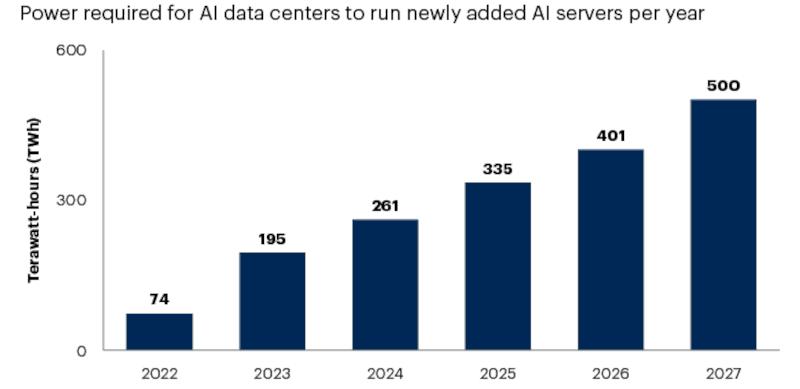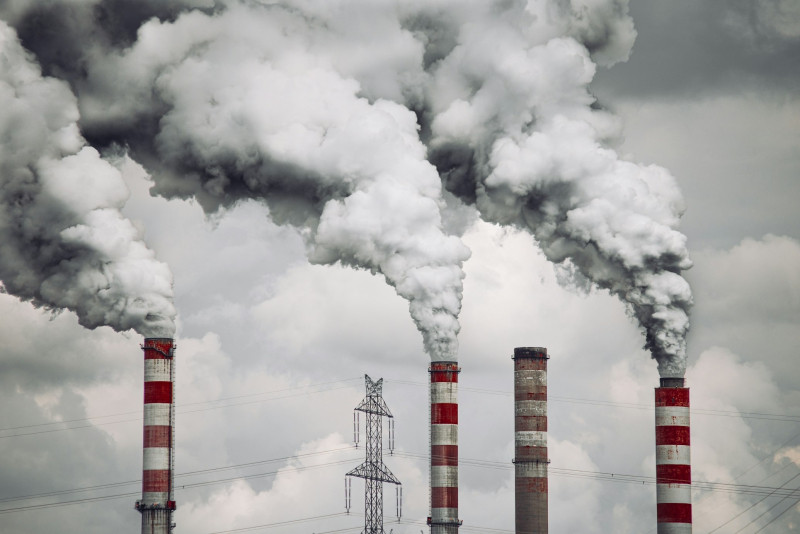AI in general and generative AI in particular have led to a rapid increase in data center energy consumption – according to Gartner, growth will be 160% in the next two years. As a result, 40% of existing AI data centers are expected to be energy constrained by 2027. According to the agency, the explosive growth of new AI hyperscale data centers ensures a constant increase in demand for electricity, which will soon exceed the capabilities of electricity suppliers.
This threatens energy shortages and outages that will limit the growth of new data centers for generative AI systems and other purposes from 2026. Gartner estimates that 500 TWh will be needed to power AI servers in 2027, which is 2.6 times more than in 2023.
Energy shortages could linger as new infrastructure for generating, distributing and delivering energy will take years to build and long-standing problems will not go away. In the near future, the number of new data centers and the development of generative AI systems will be determined by the availability of energy. Gartner recommends that organizations and companies assess the impact of the risk of energy shortages on their products and services. It is worth not only taking into account the rising cost of electricity when planning new products and services, but also looking for new solutions that require less energy.

Image source: Gartner
Inevitably, shortage-related increases in electricity prices will increase the cost of running Large Language Models (LLMs). Although key energy users are working ahead to secure long-term contracts, often at fixed rates, the cost of energy to power data centers will rise significantly anyway. This will affect the cost of AI as a product and the business of the corresponding service providers.
It is likely that sustainability goals will suffer. It was previously predicted that data center operators would not be able to achieve their stated goals, and now Gartner is coming to similar conclusions. In the short term, growing demand will force suppliers to produce energy by any available means. In some cases, this means maintaining fossil fuel power plants that would otherwise be shut down as planned. Gartner emphasizes that data center scaling will also lead to an increase in CO2 emissions in the short term.

Image source: Janusz Walczak/unsplash.com
Data centers require power supply 24/7, and this cannot be provided by classic wind and solar power plants. Only hydroelectric power plants, fossil fuel stations and nuclear power plants can reliably supply large volumes of energy. In the long term, new energy storage technologies (like sodium-ion batteries) or “clean” energy like small modular reactors (SMRs) will make it easier to achieve ESG goals.
Gartner recommends reconsidering carbon sustainability goals based on future data center requirements and energy availability in the coming years. When developing AI applications, it is worth concentrating efforts on using minimal computing power and evaluating other opportunities such as the widespread use of edge computing, etc. small language models (SLMs) with a narrow specialization.